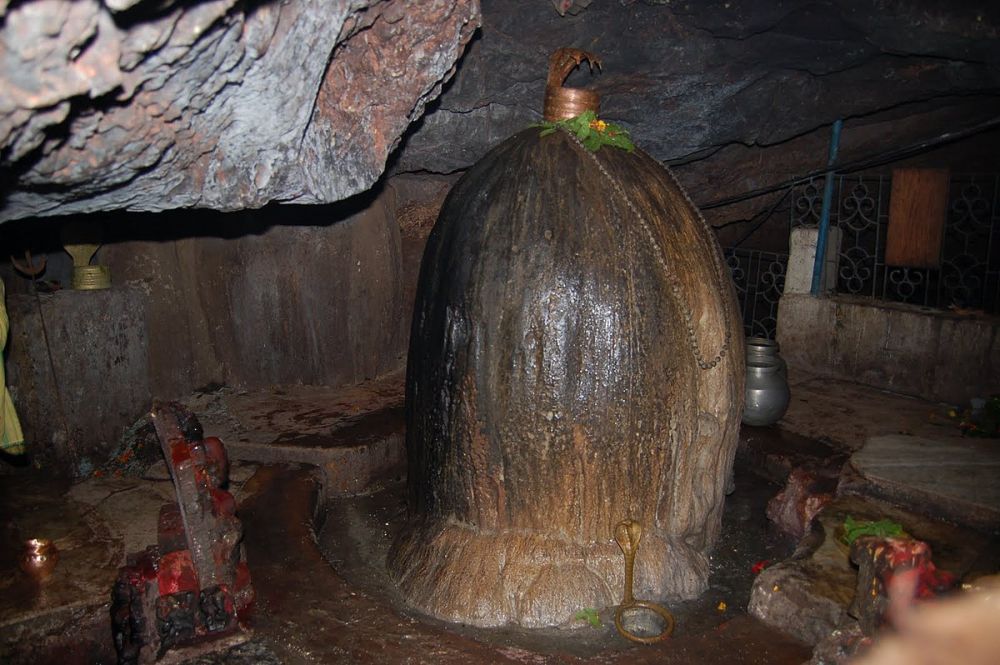

The Gupteshwar Caves, a natural marvel and a significant religious site, are situated near Jeypore in the Koraput district of Odisha, India. These limestone caves have been a place of sanctity and pilgrimage due to the presence of a revered Shiva Lingam that is said to be self-manifested (Swayambhu). The caves are named after Lord Gupteshwar or Gupteswar, which translates to the "Hidden God".
While the local tribes, including the Bonda, Gadaba and Kondh, have known and worshipped at the site for centuries, the Gupteshwar Caves didn't become a popular tourist destination until more recent times. It was after the infrastructure in the area improved, making the caves accessible to visitors from all over India and beyond, that the place gained popularity.
The religious significance of the cave draws the most visitors during the Shivaratri festival when a grand fair is organized, and pilgrims flock to the site to offer their prayers. The cave's serene environment and natural beauty also attract nature lovers and adventure seekers who come to explore its depths and the surrounding landscapes.
For those looking to visit Gupteshwar Caves, the best time is during the winter months, from October to March, when the weather is favorable for exploration. The nearest airport is in Visakhapatnam, while Jeypore itself has rail and road connectivity.
The caves are situated around 55 km away from Jeypore, and visitors can reach the site via rented vehicles or public transport. It is essential for visitors to respect the site's cultural and ecological sensitivity by avoiding littering and adhering to the guidelines set by local authorities for a sustainable visit.
The Gupteshwar Caves of Jeypore, Odisha, not only offer a unique combination of spiritual sanctity and natural beauty but also stand as a testament to the harmonious blend of human faith and nature's artistry. The growing trends in tourism, coupled with conservation efforts, ensure that this historical site continues to be a favored destination for years to come.